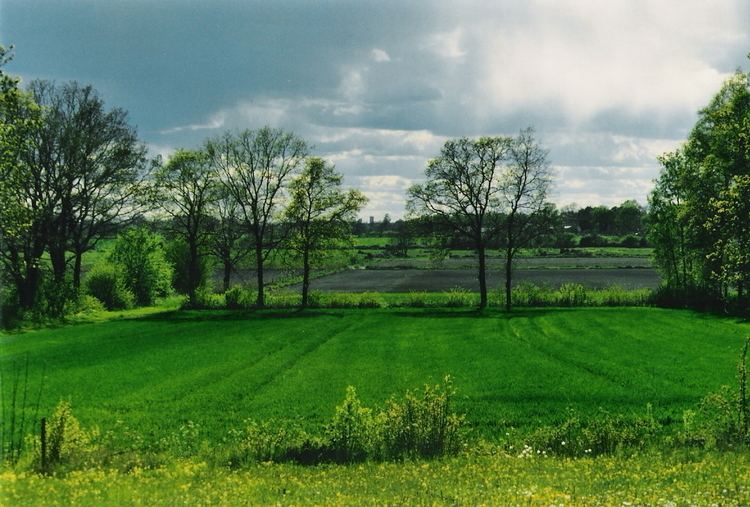 | ||
The UNESCO (United Nations Educational, Scientific and Cultural Organization) has designated 36 World Heritage Sites in eight countries (also called "state parties") commonly referred to as Northern Europe: Iceland, Norway, Sweden, Finland, Denmark, Estonia, Latvia and Lithuania, i.e. a combination of Nordic and Baltic countries. Greenland lying on the North American continent is not included in this list despite of its political ties with Denmark; it is included in the List of World Heritage Sites in the Americas. The United Kingdom and Ireland are included in Western Europe even though they are sometimes listed in Northern Europe.
Contents
Sweden is home to the most inscribed sites with 15 sites, two of which are transborder properties. Three sites are shared between several countries: the Curonian Spit (Lithuania and Russia), the High Coast / Kvarken Archipelago (Sweden and Finland) and the Struve Geodetic Arc (ten countries in Northern and Eastern Europe). The first sites from the region were inscribed in 1979, when the Urnes Stave Church and Bryggen, both in Norway were chosen a year after the list's conception. Each year, UNESCO's World Heritage Committee may inscribe new sites on the list, or delist sites that no longer meet the criteria. Selection is based on ten criteria: six for cultural heritage (i–vi) and four for natural heritage (vii–x). Some sites, designated "mixed sites," represent both cultural and natural heritage. In Northern Europe, there are 32 cultural, 3 natural, and 1 mixed sites.
The World Heritage Committee may also specify that a site is endangered, citing "conditions which threaten the very characteristics for which a property was inscribed on the World Heritage List." None of the sites in Northern Europe has ever been listed as endangered, though possible danger listing has been considered by UNESCO in a number of cases.
Legend
The table is sortable by column by clicking on the at the top of the appropriate column; alphanumerically for the Site, Area, and Year columns; by state party for the Location column; and by criteria type for the Criteria column. Transborder sites sort at the bottom.
Site; named after the World Heritage Committee's official designation Location; at city, regional, or provincial level and geocoordinates Criteria; as defined by the World Heritage Committee Area; in hectares and acres. If available, the size of the buffer zone has been noted as well. A value of zero implies that no data has been published by UNESCO Year; during which the site was inscribed to the World Heritage List Description; brief information about the site, including reasons for qualifying as an endangered site, if applicableTentative List
Denmark (7)
Estonia (3)
Finland (6)
Iceland (7)
Latvia (3)
Lithuania (1)
Norway (5)
Sweden (1)
